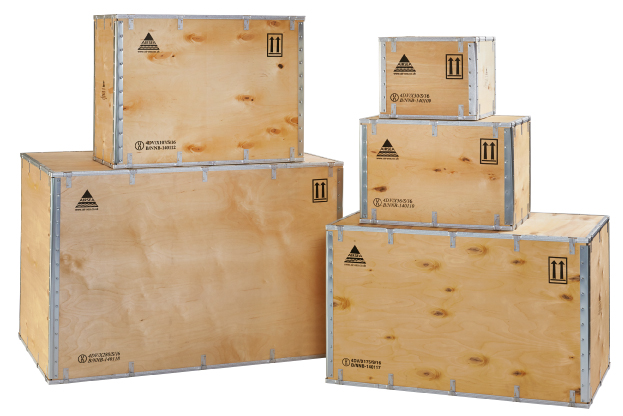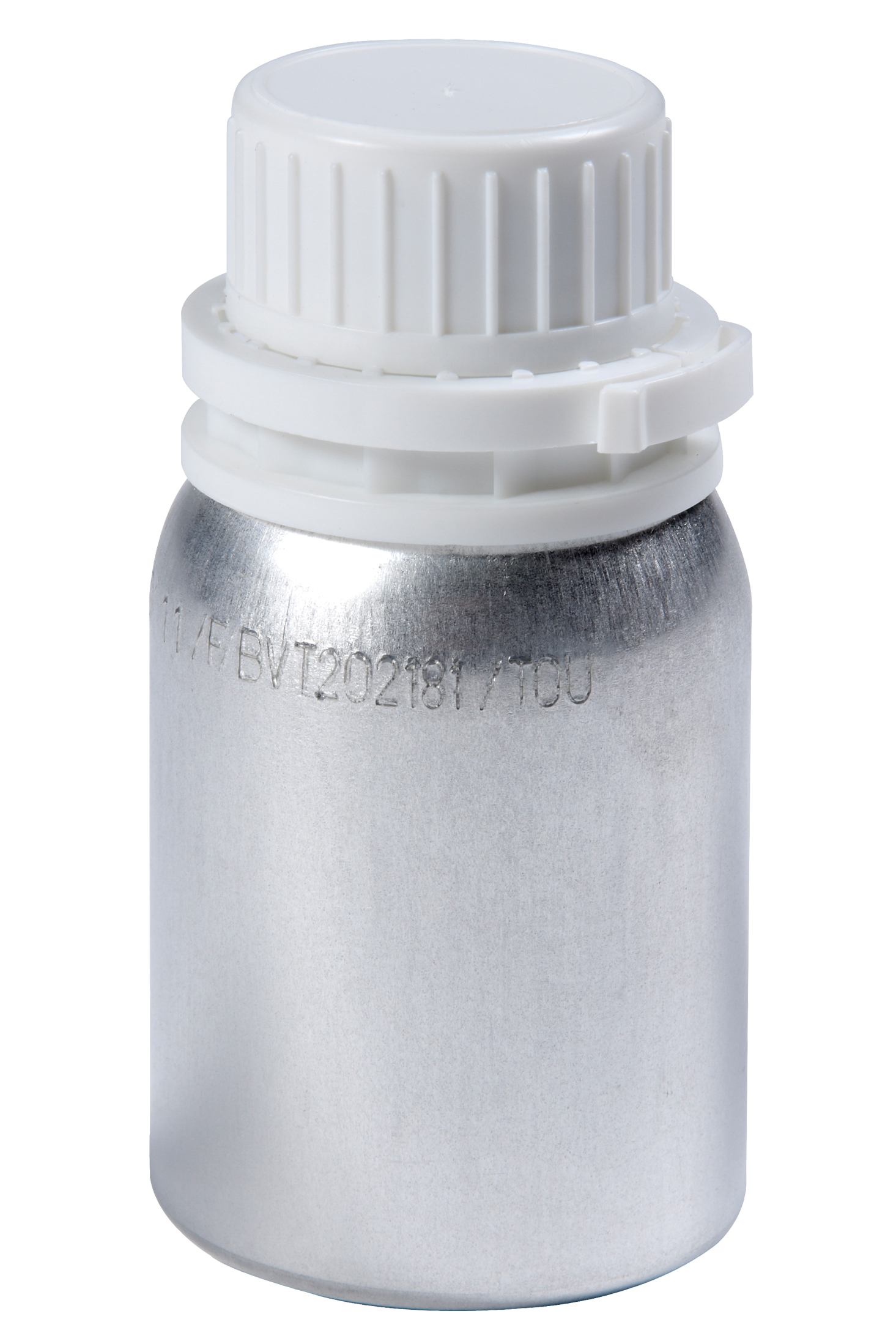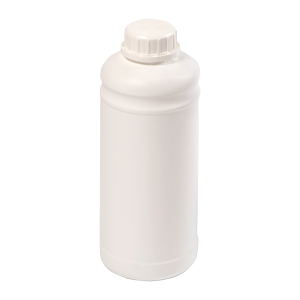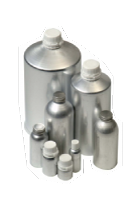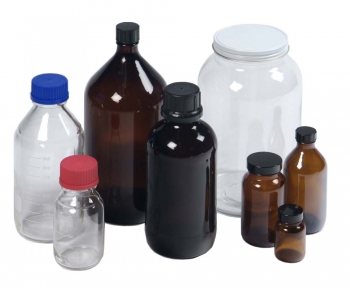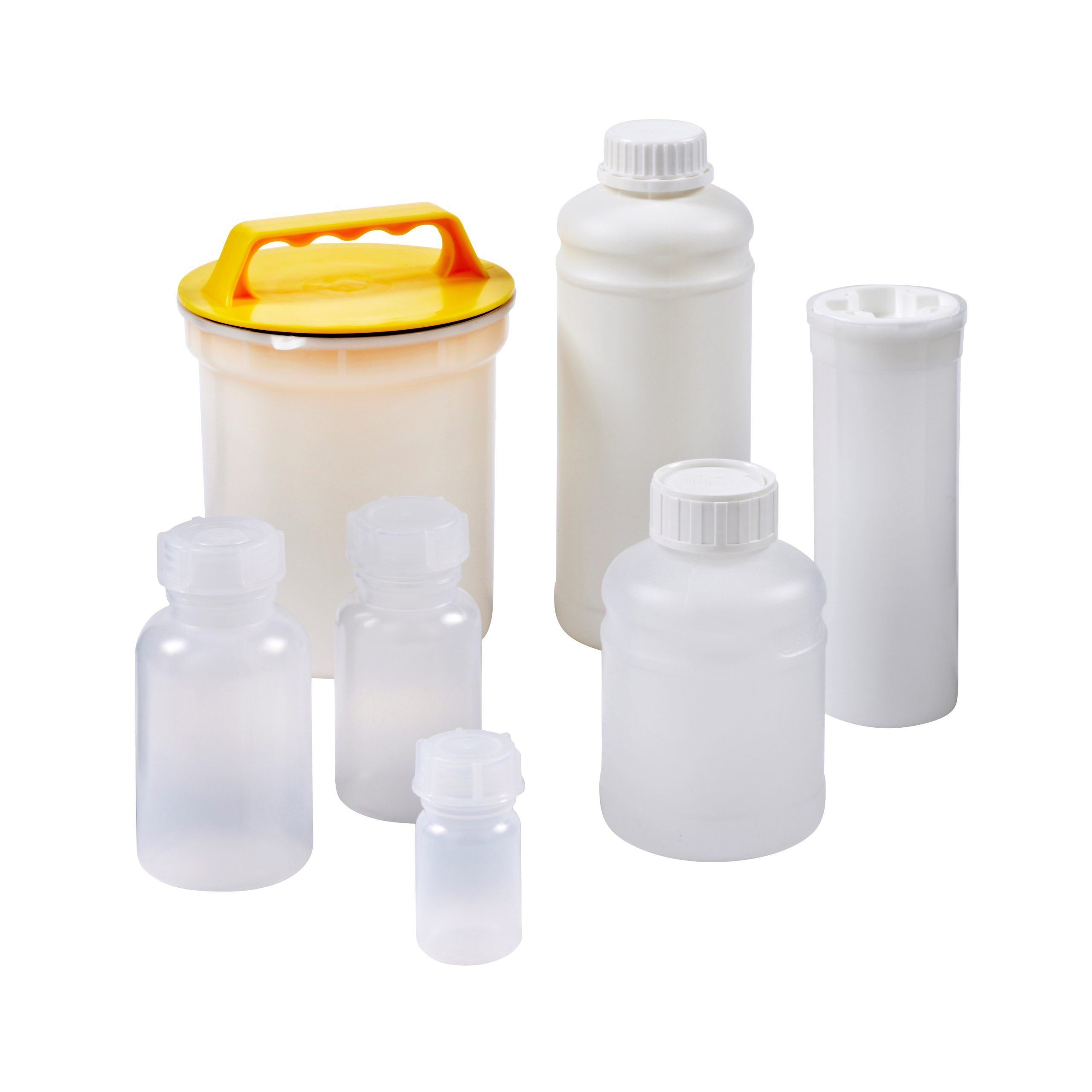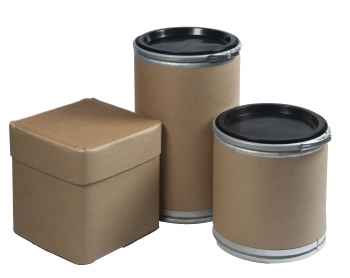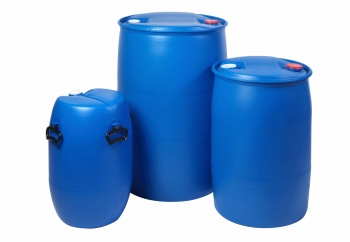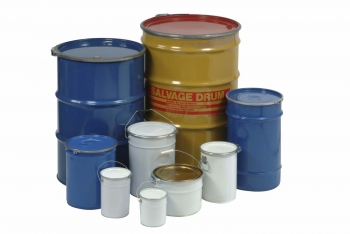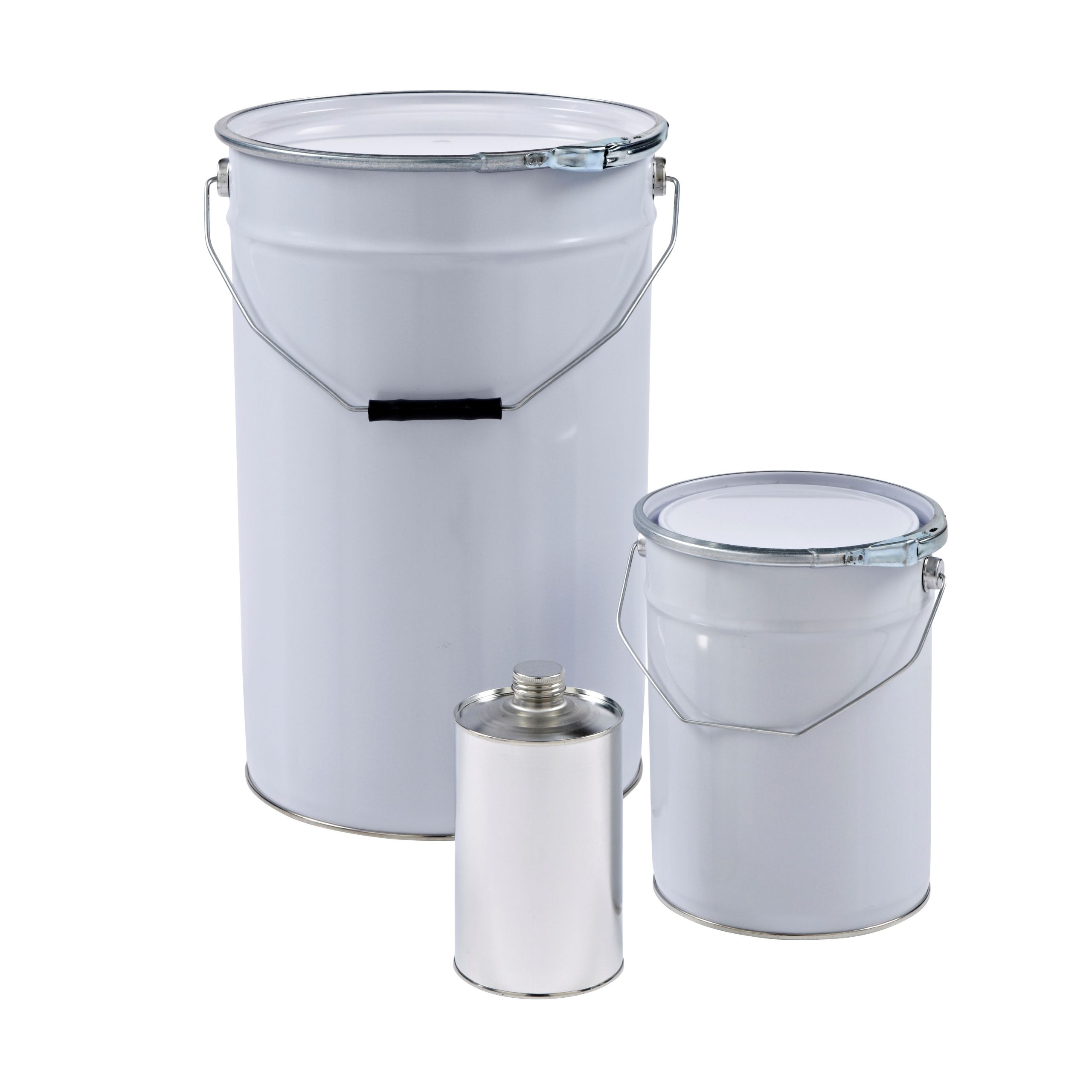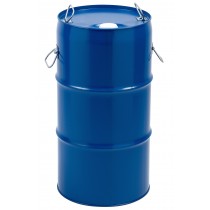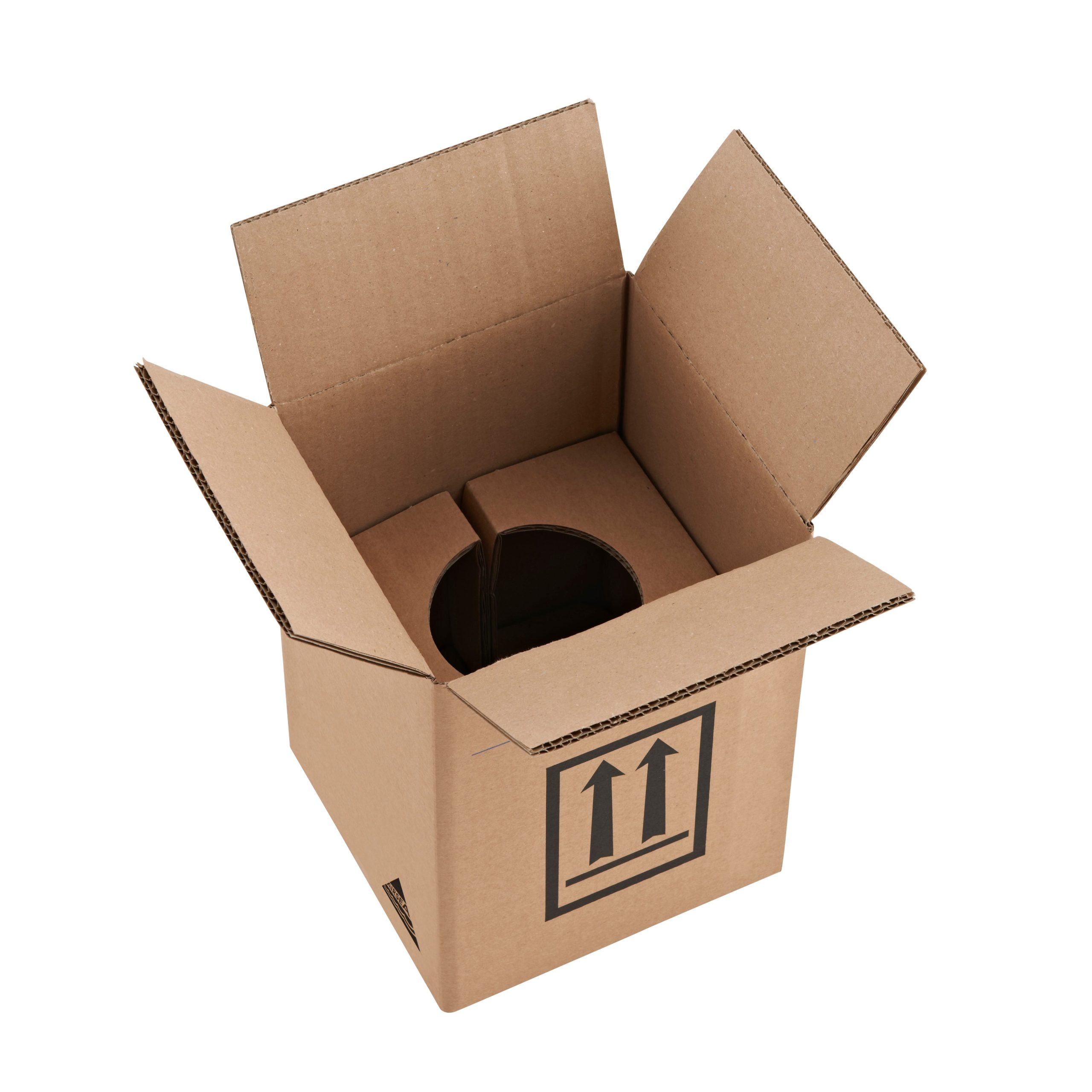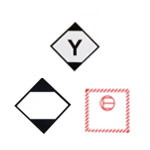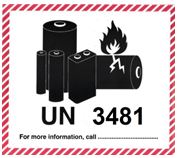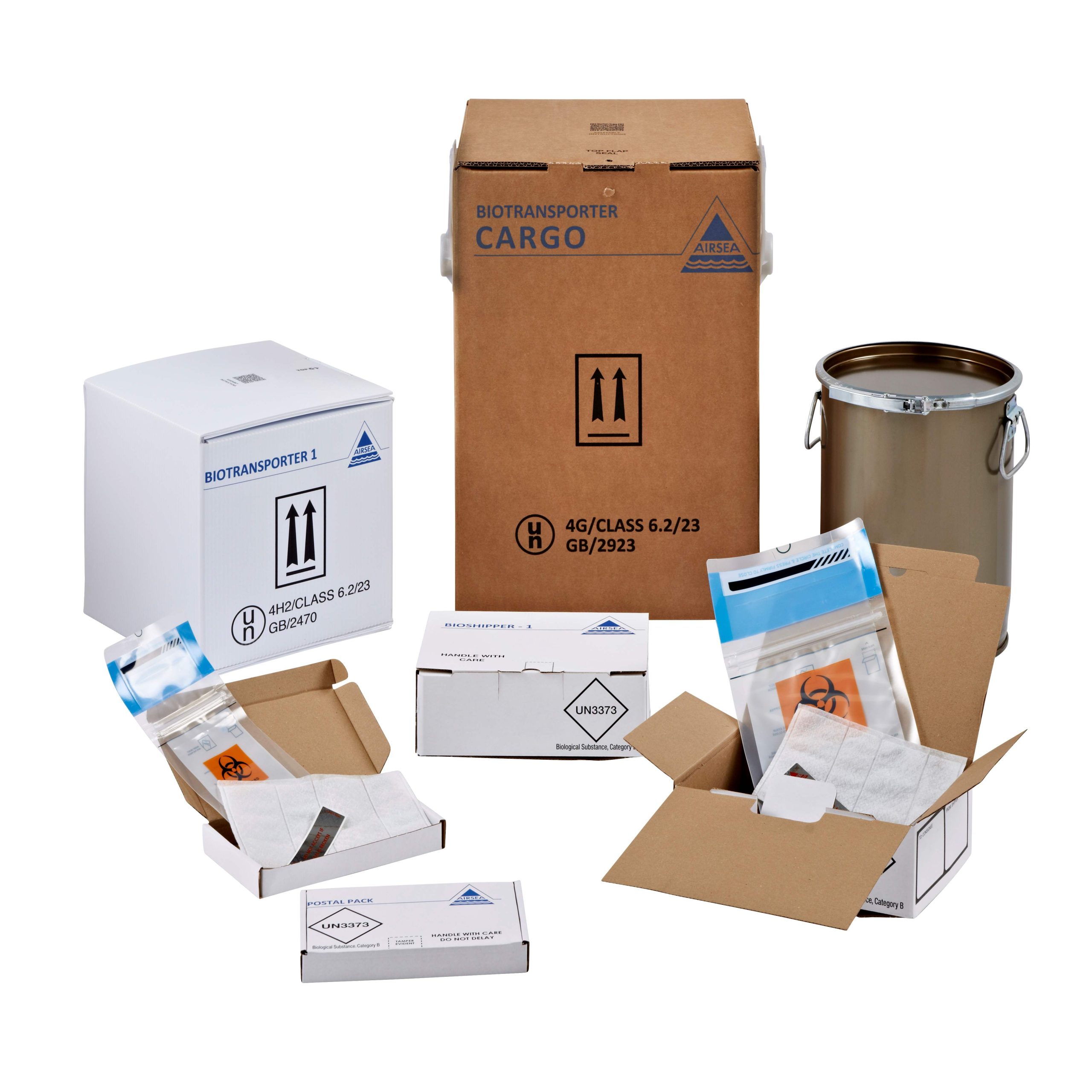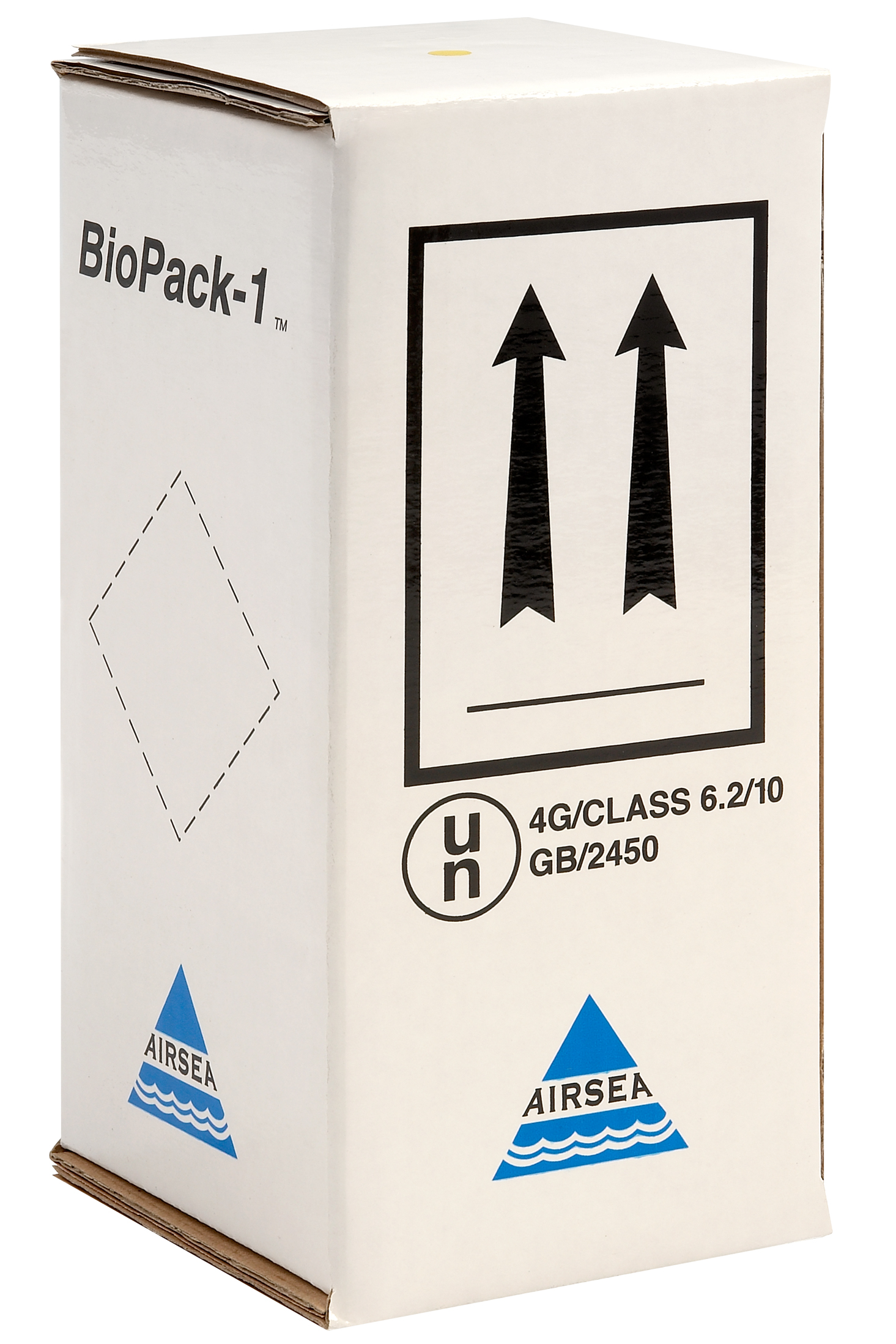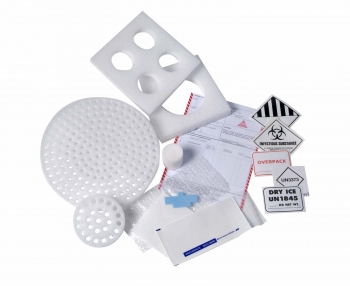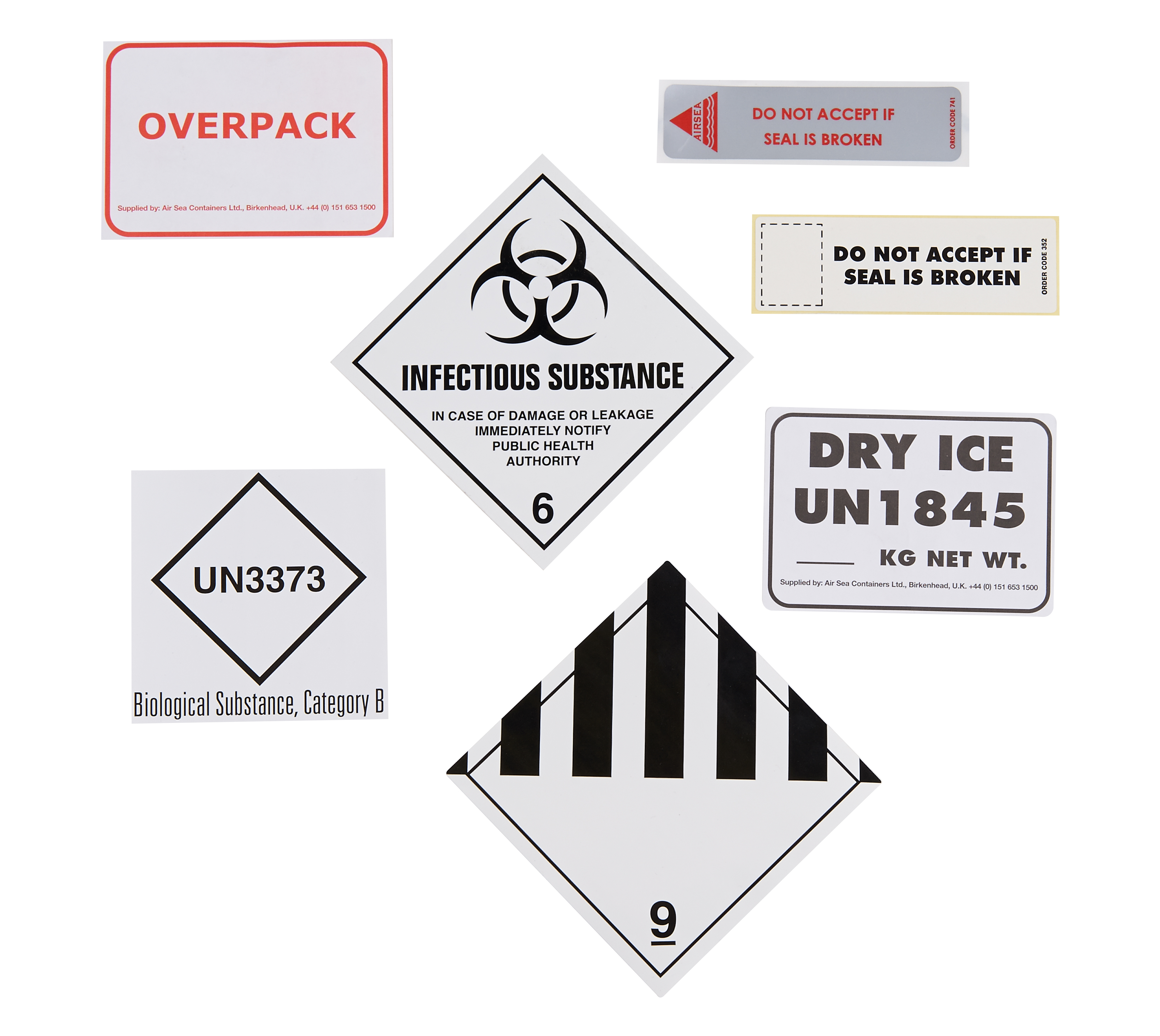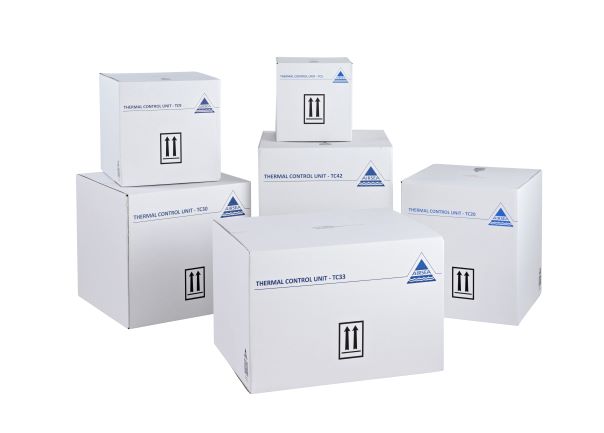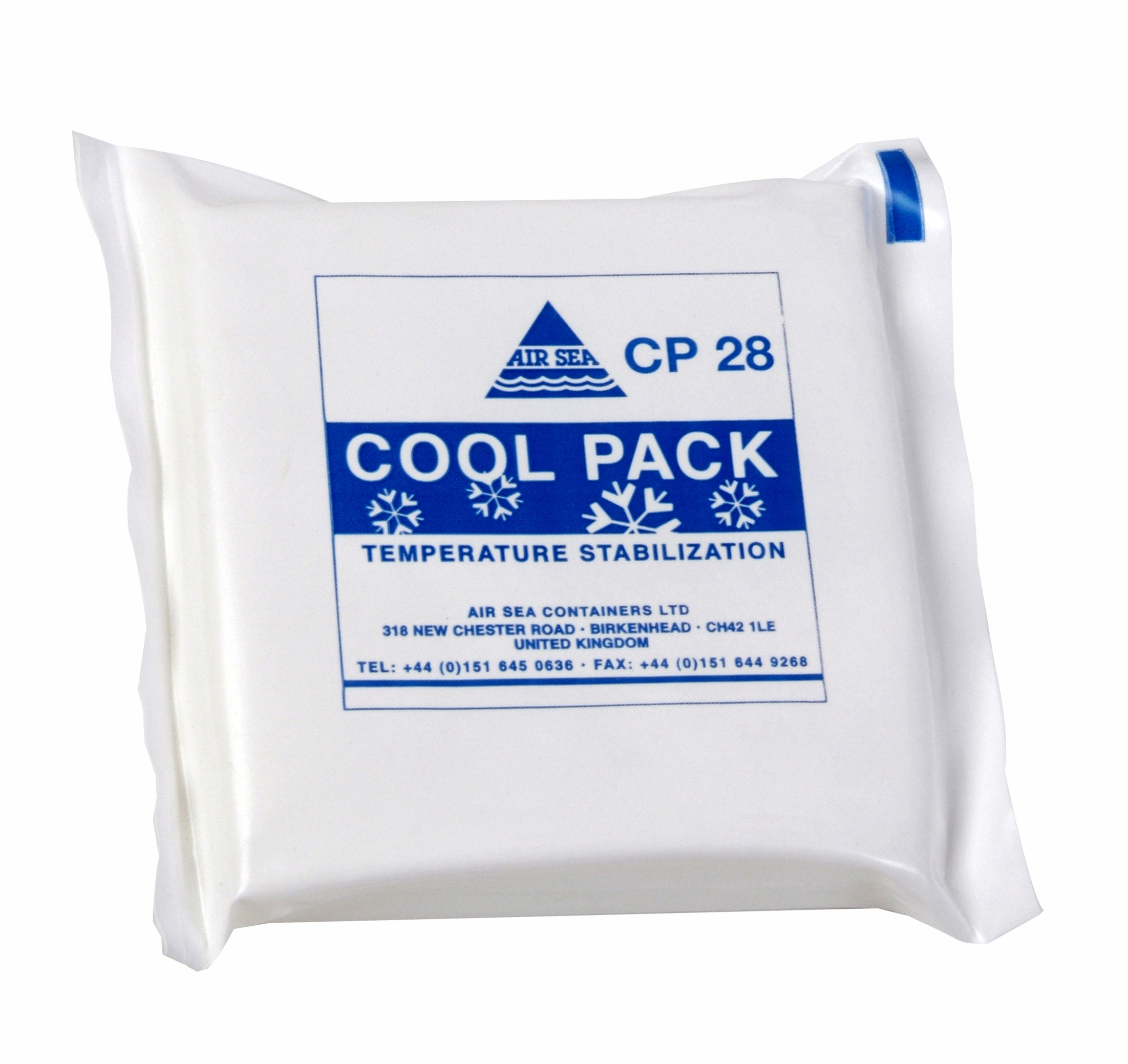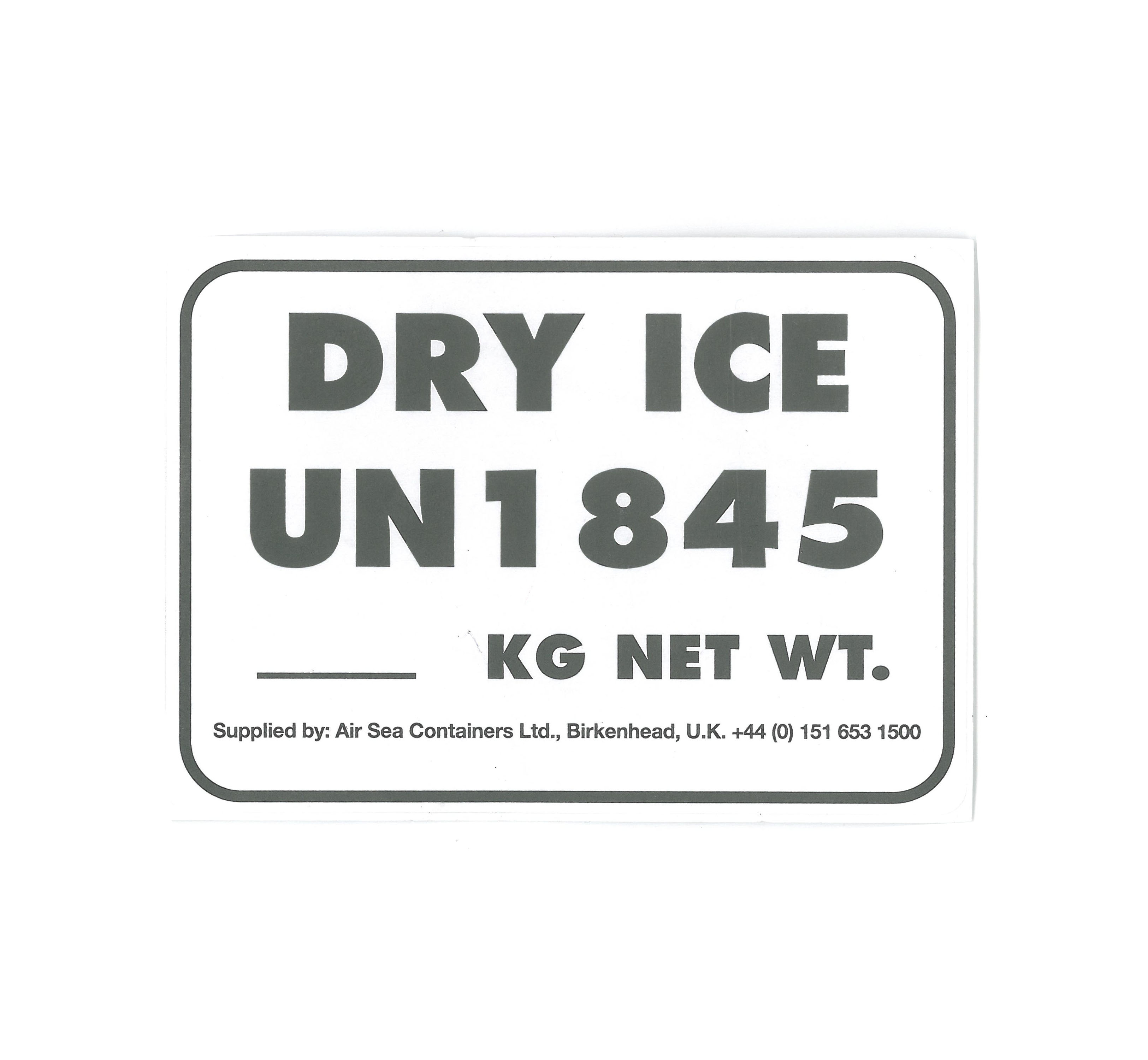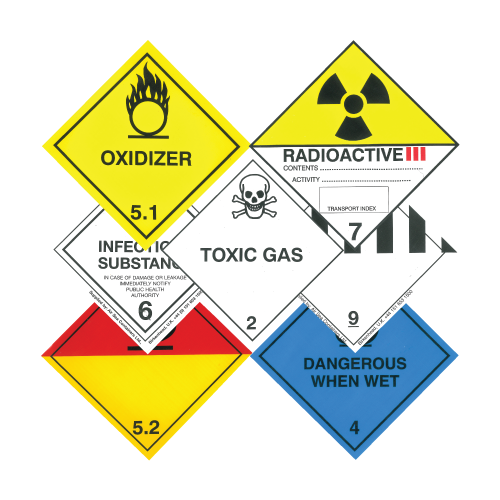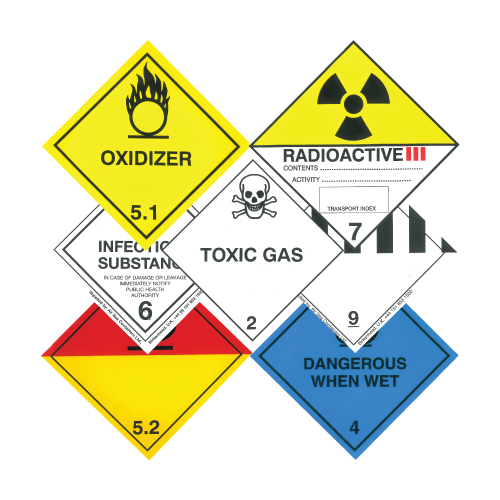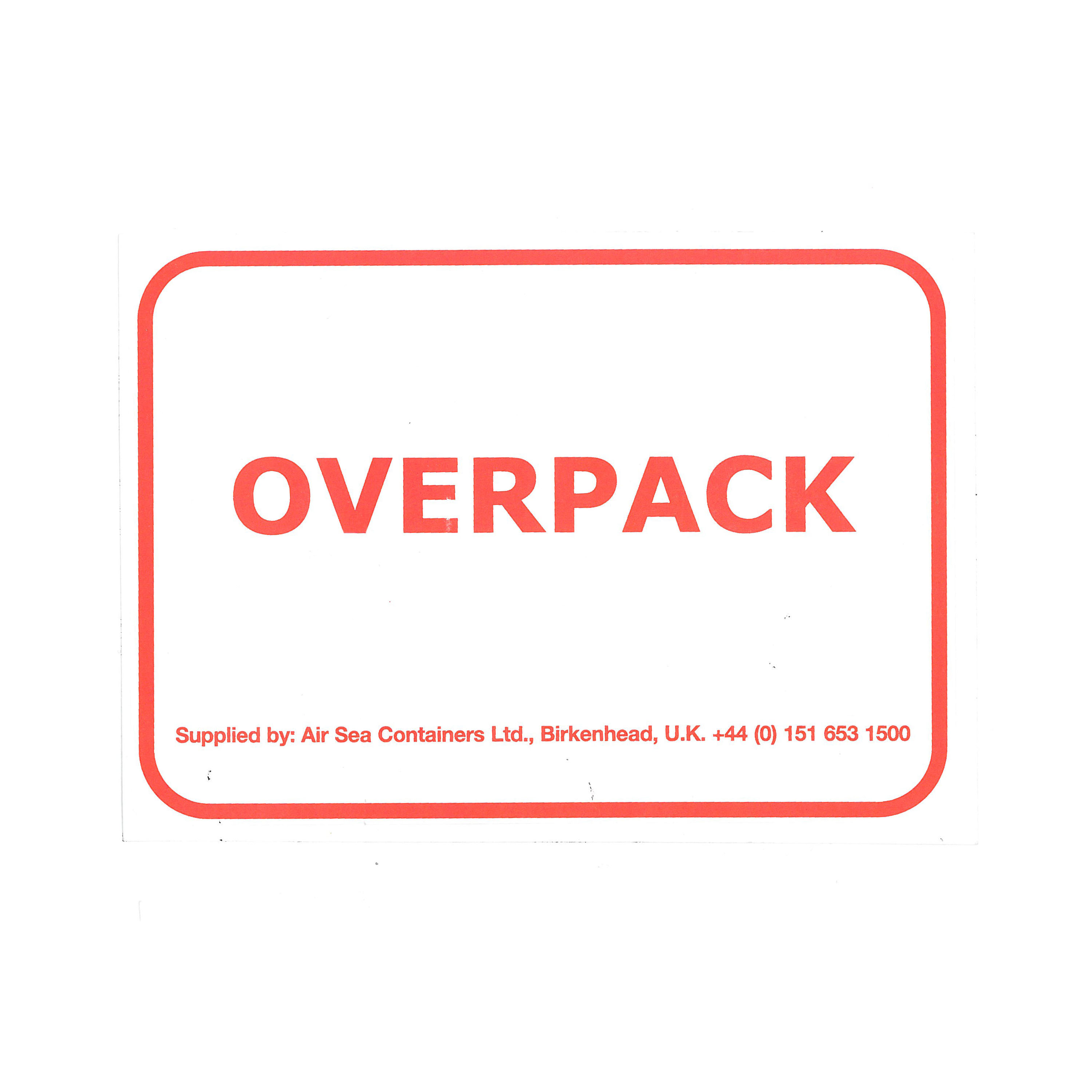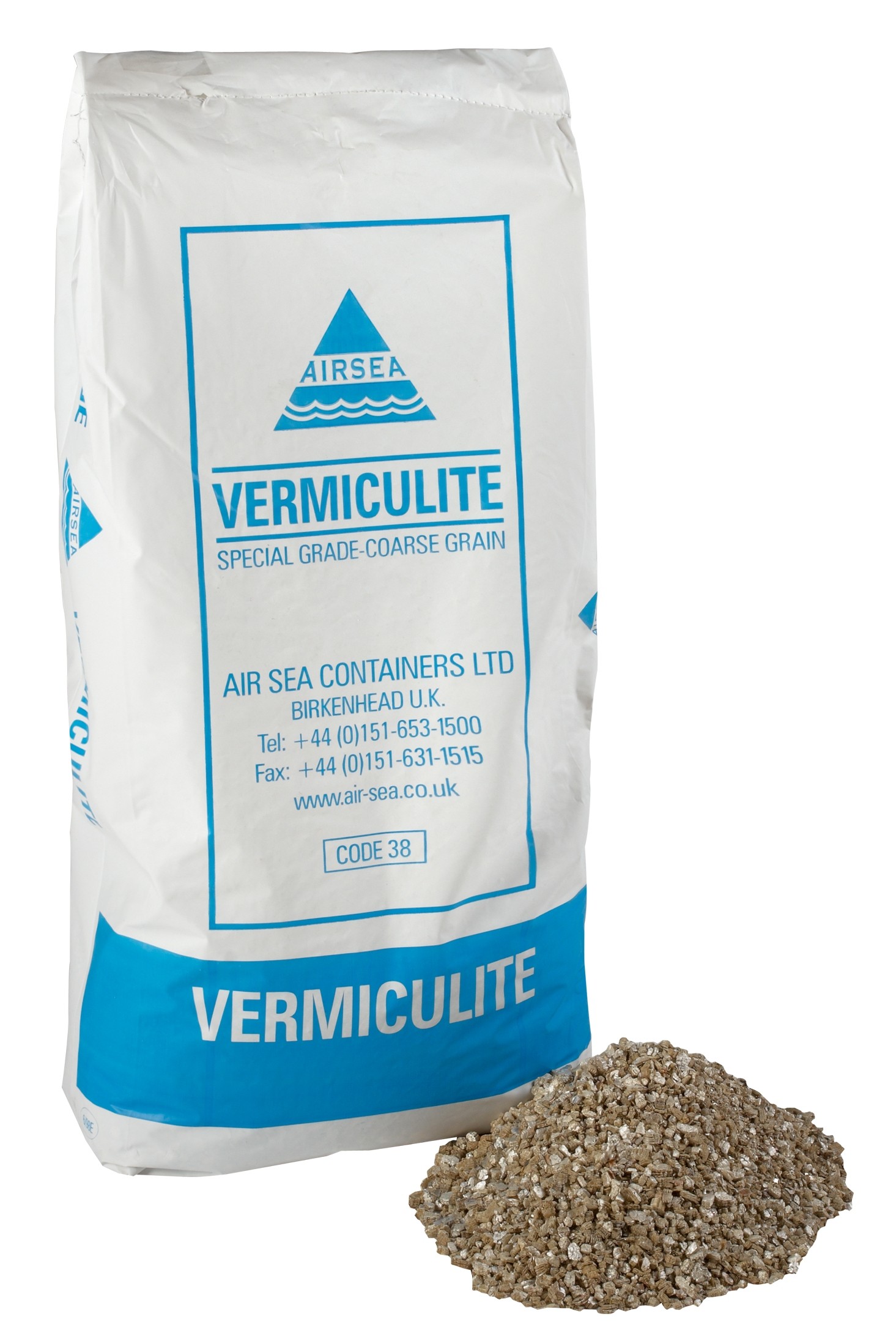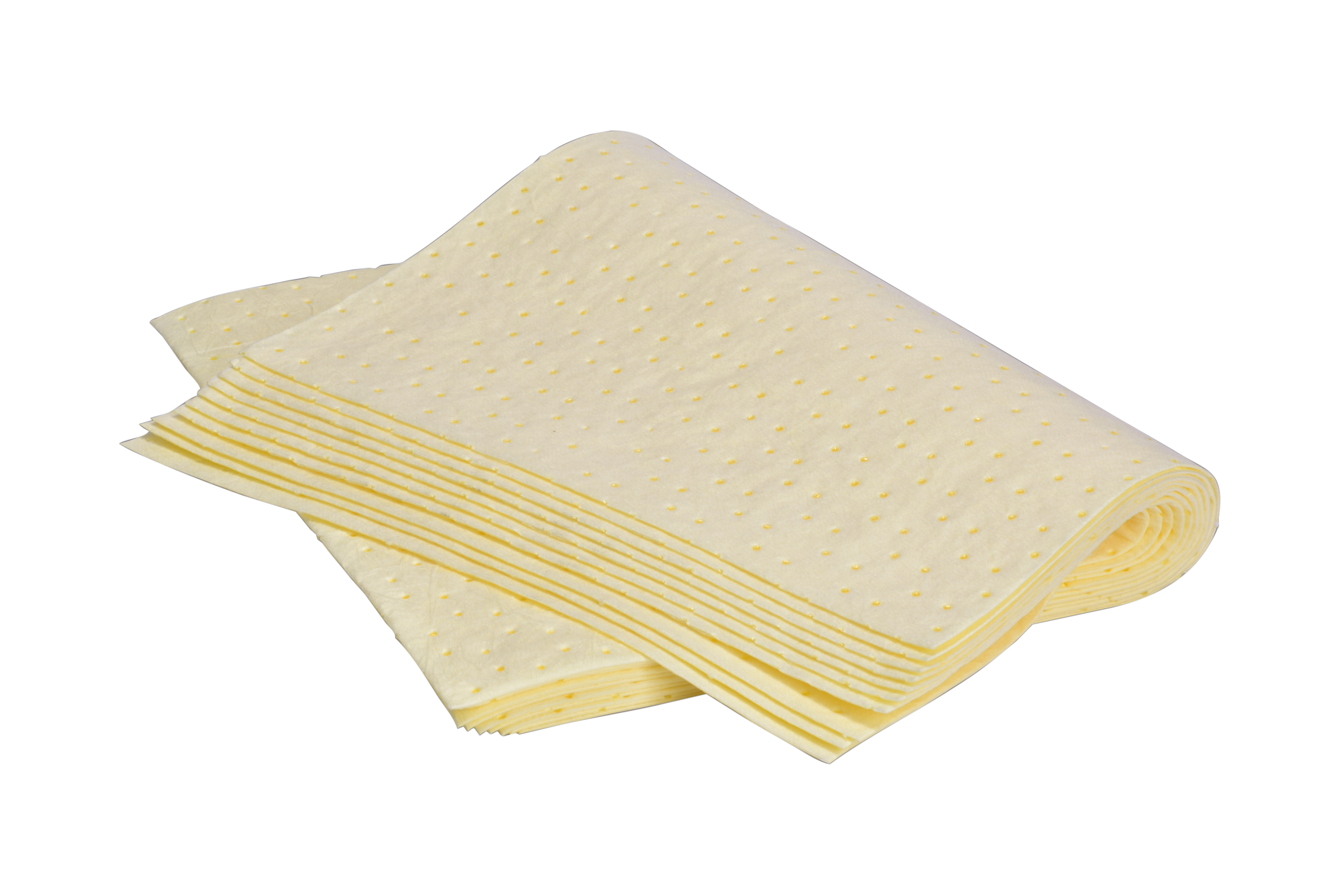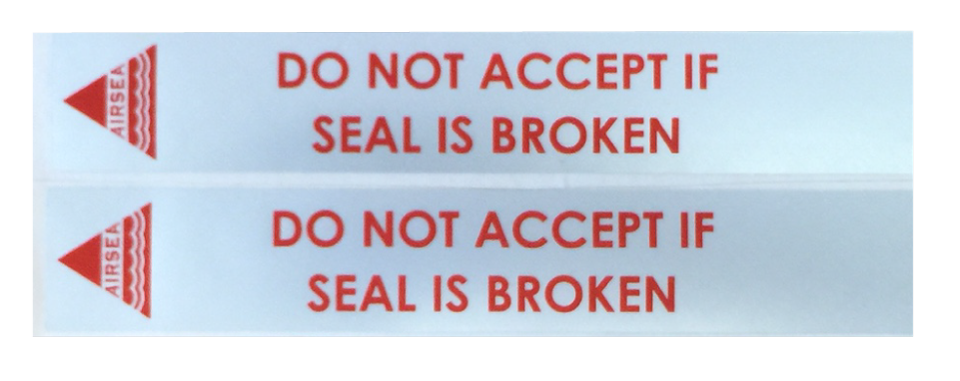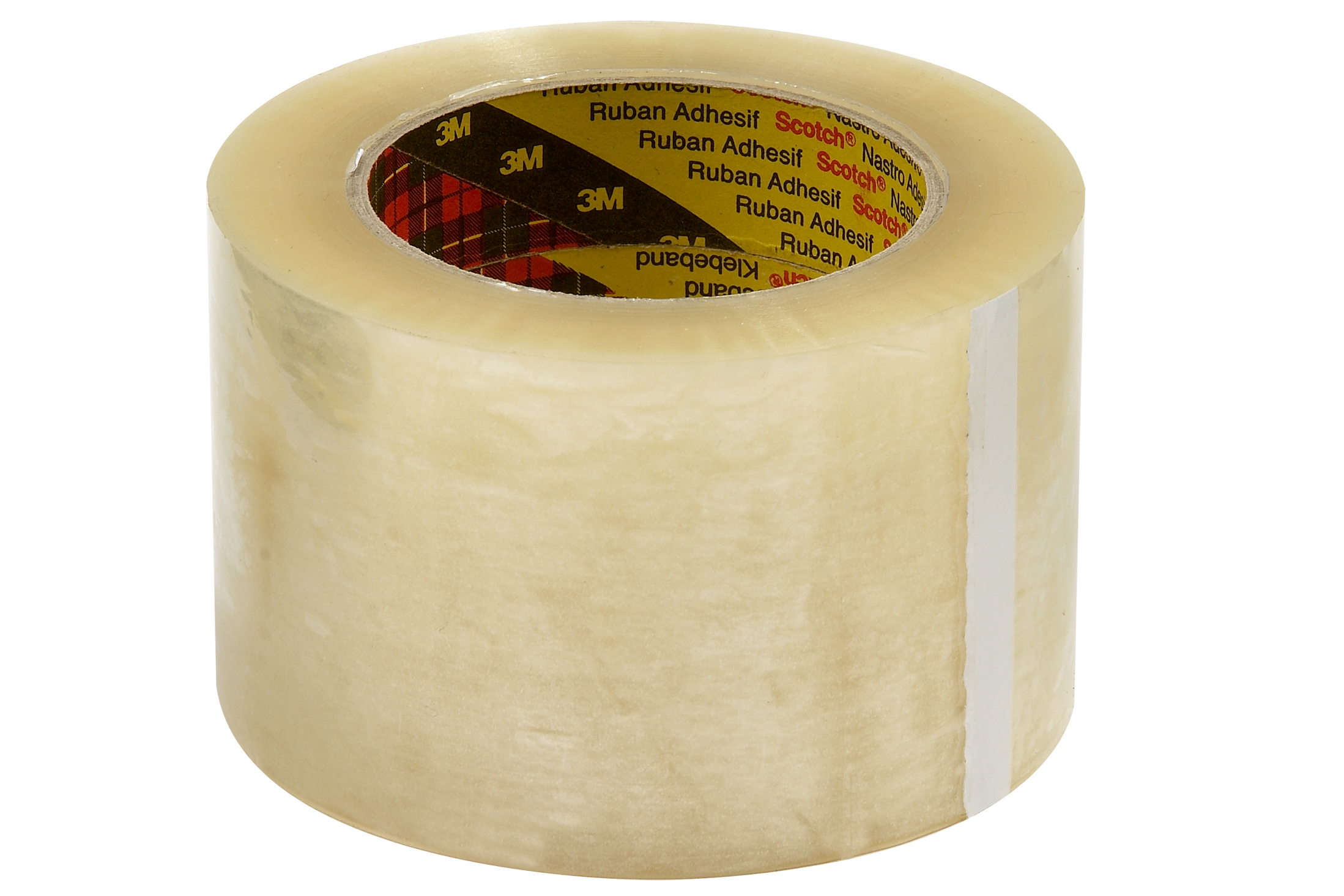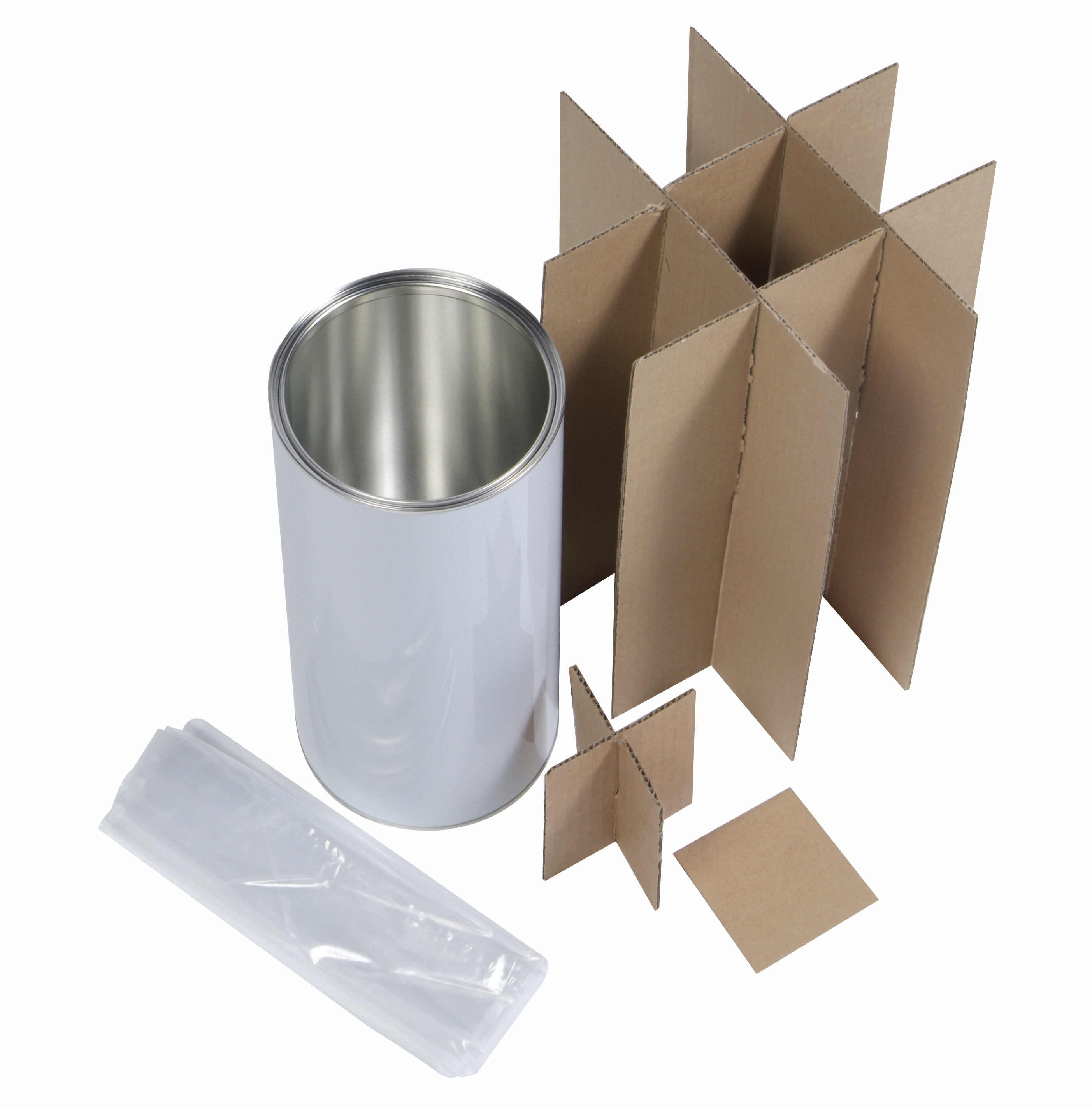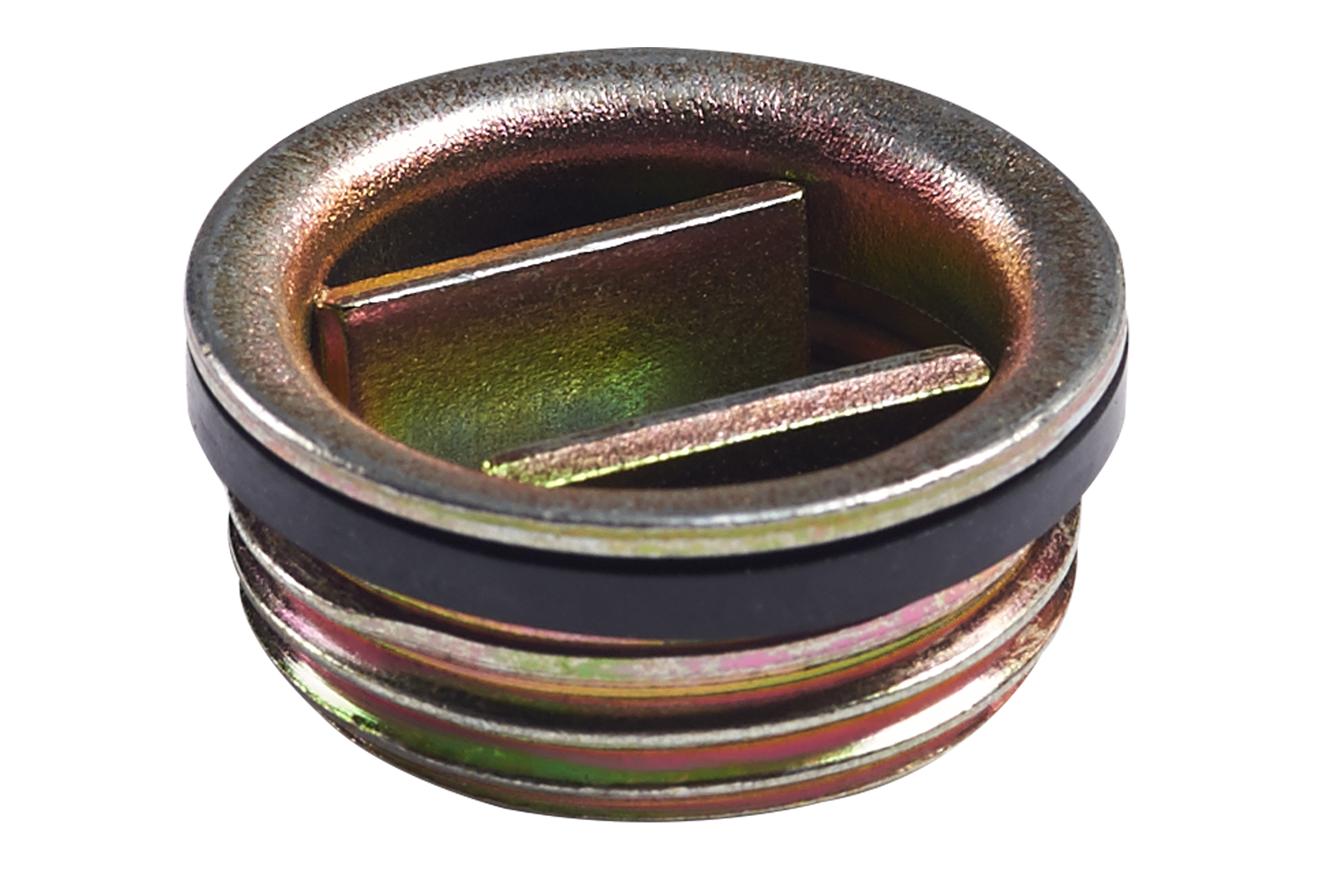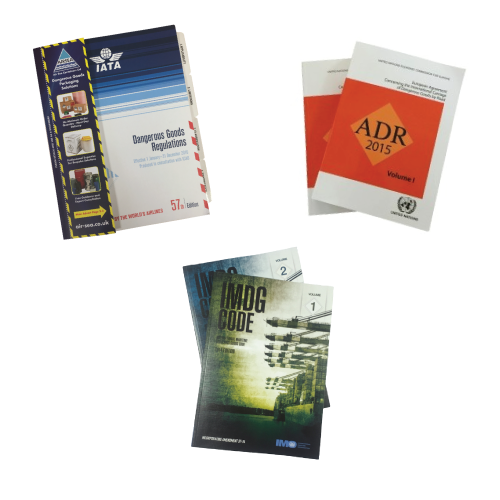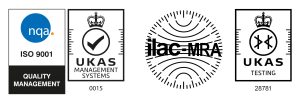We come into contact with dangerous goods every day of our lives.
Dangerous goods (sometimes referred to as hazmat, hazardous goods or hazardous materials) are those that have the potential to cause harm or damage to people, animals, property or the environment.
For the sake of companies involved in using, storing or transporting dangerous goods, dangerous goods regulations classify substances within 9 hazard categories. These are:
- Class 1. Explosives
- Class 2. Gases
- Class 3. Flammable Liquids
- Class 4. Flammable Solids; Substances liable to spontaneous combustion; substances, which, in contact with water, emit flammable gases
- Class 5. Oxidizing Substances and Organic Peroxides
- Class 6. Toxic and Infectious Substances
- Class 7. Radioactive Materials
- Class 8. Corrosives
- Class 9. Miscellaneous Dangerous Substances and Articles, including Environmentally Hazardous Substances
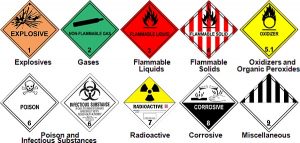
Within each of the above-mentioned hazard classes, there are dozens – if not more – of individual goods and substances. Some that you would expect, including petrol, infectious substances, radioactive materials and aggressive chemicals. There are, however, a long list of items included within dangerous goods regulations that are less typical and even include some common everyday household items, such as paint and adhesives, lithium batteries (used in laptops, mobiles and handheld devices), dyes (found in hair and beauty products) and fireworks.
The severity of the risk posed by the dangerous goods or substance will affect any limitations or restrictions placed upon them. For example, dangerous goods that have high levels of risk may only be permitted for transport in small quantities, or may even be forbidden completely.
When transported, dangerous goods are usually accompanied by diamond hazard labels, which indicate the type of substances contained within containers.
If you’re unsure about your substances, including whether or not they are classed as dangerous goods, how to package substances or anything else, then contact us.
Information correct at time of publishing, 11th May 2018
Last Updated 01/11/2023
 UK
UK



